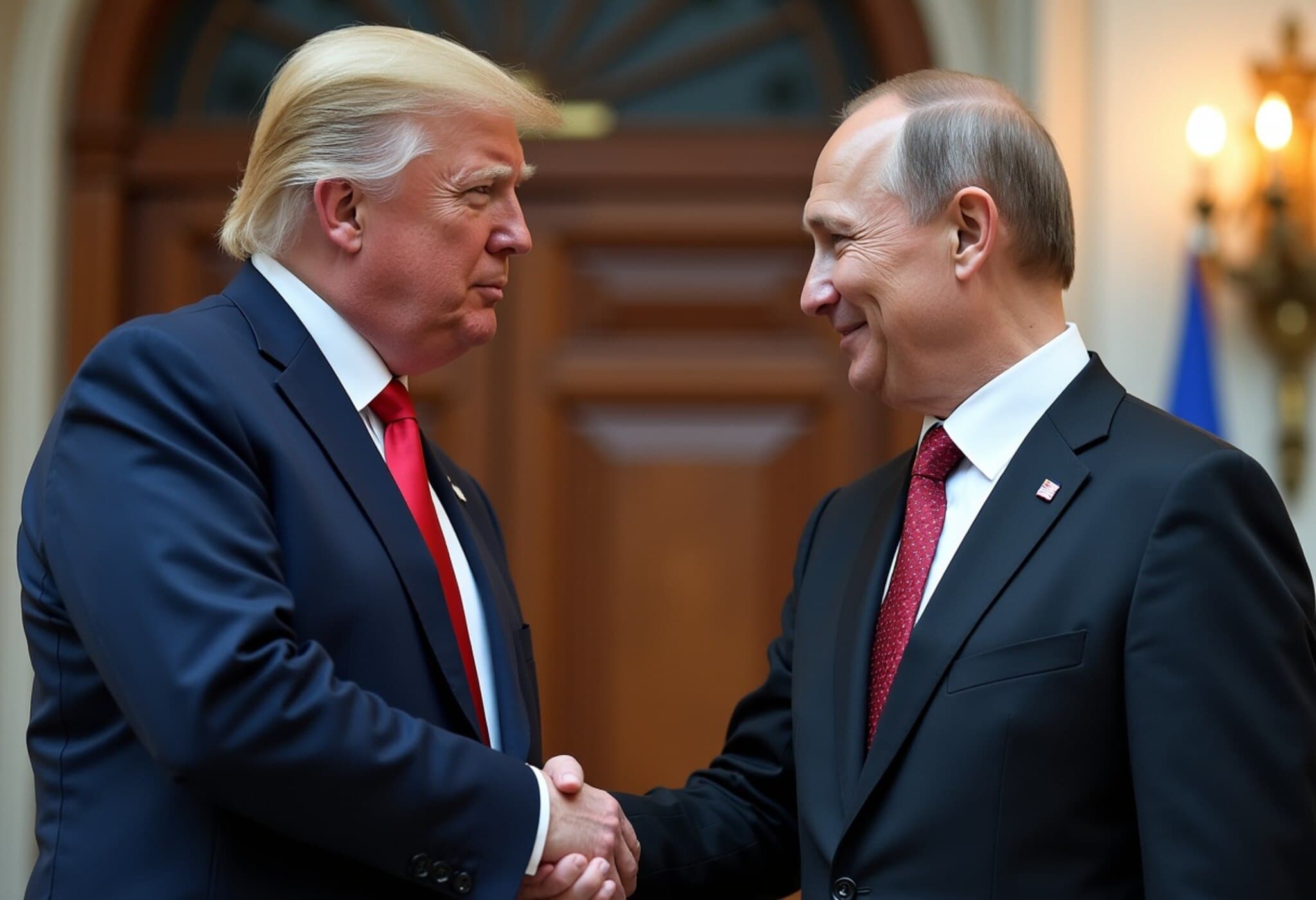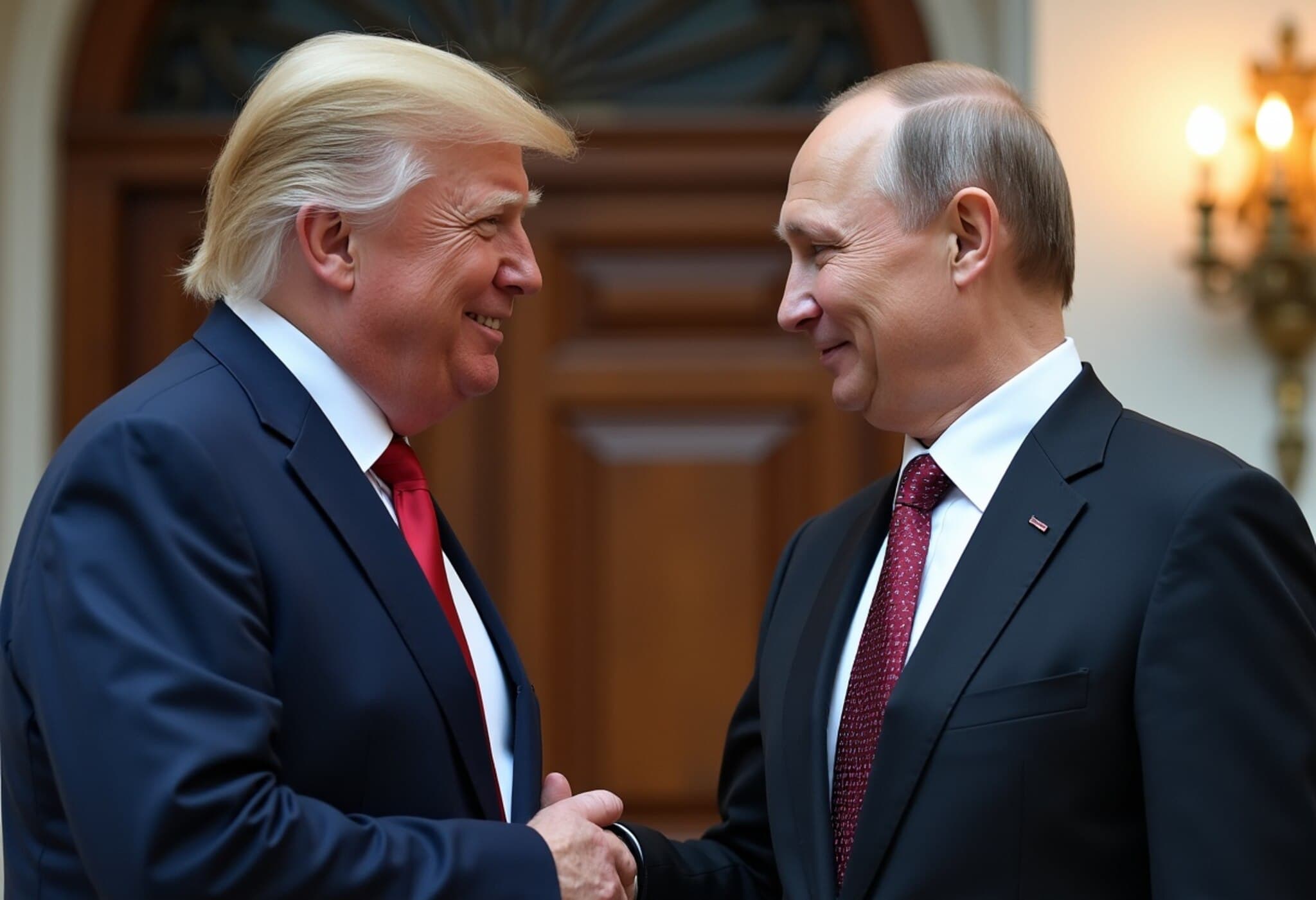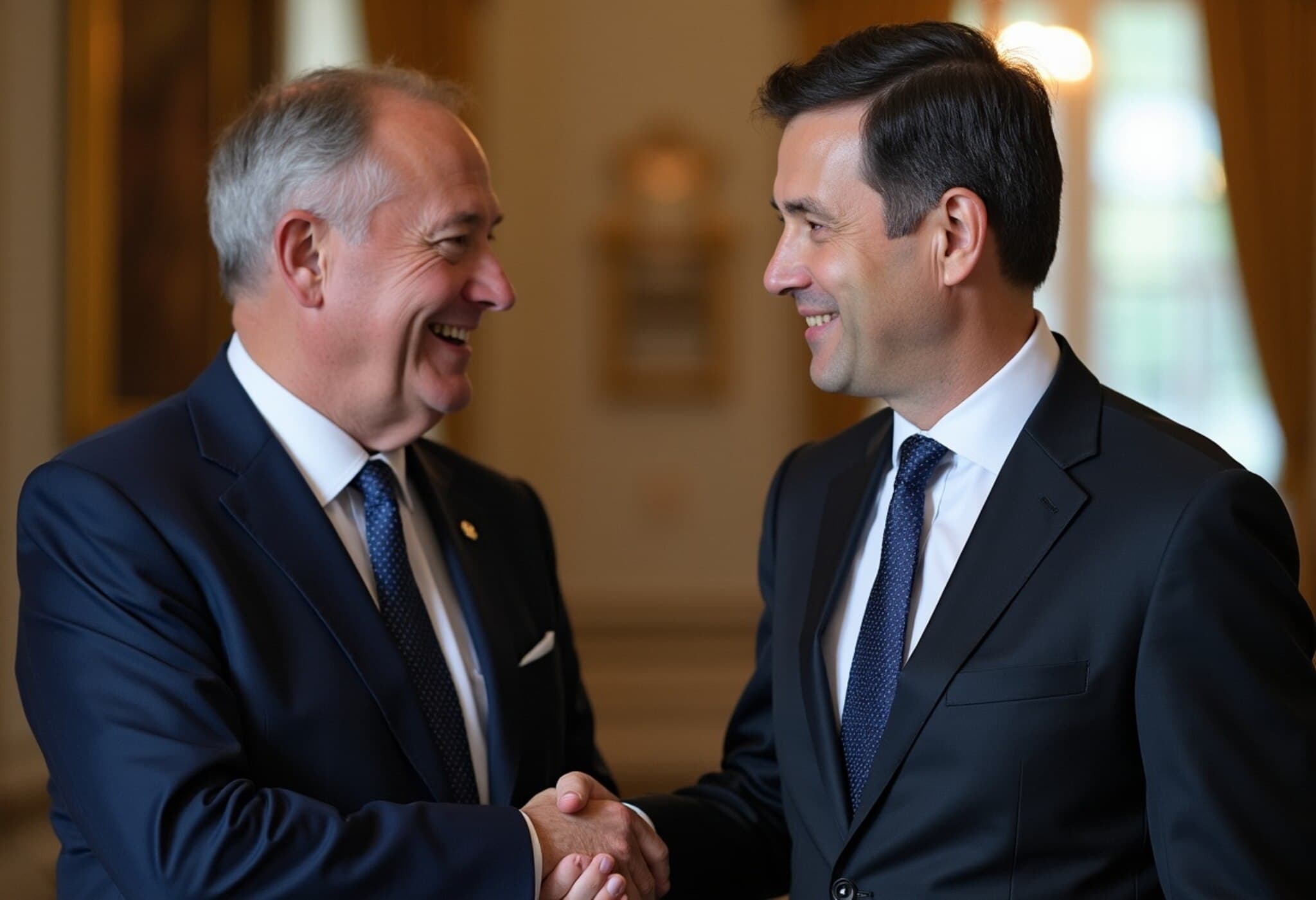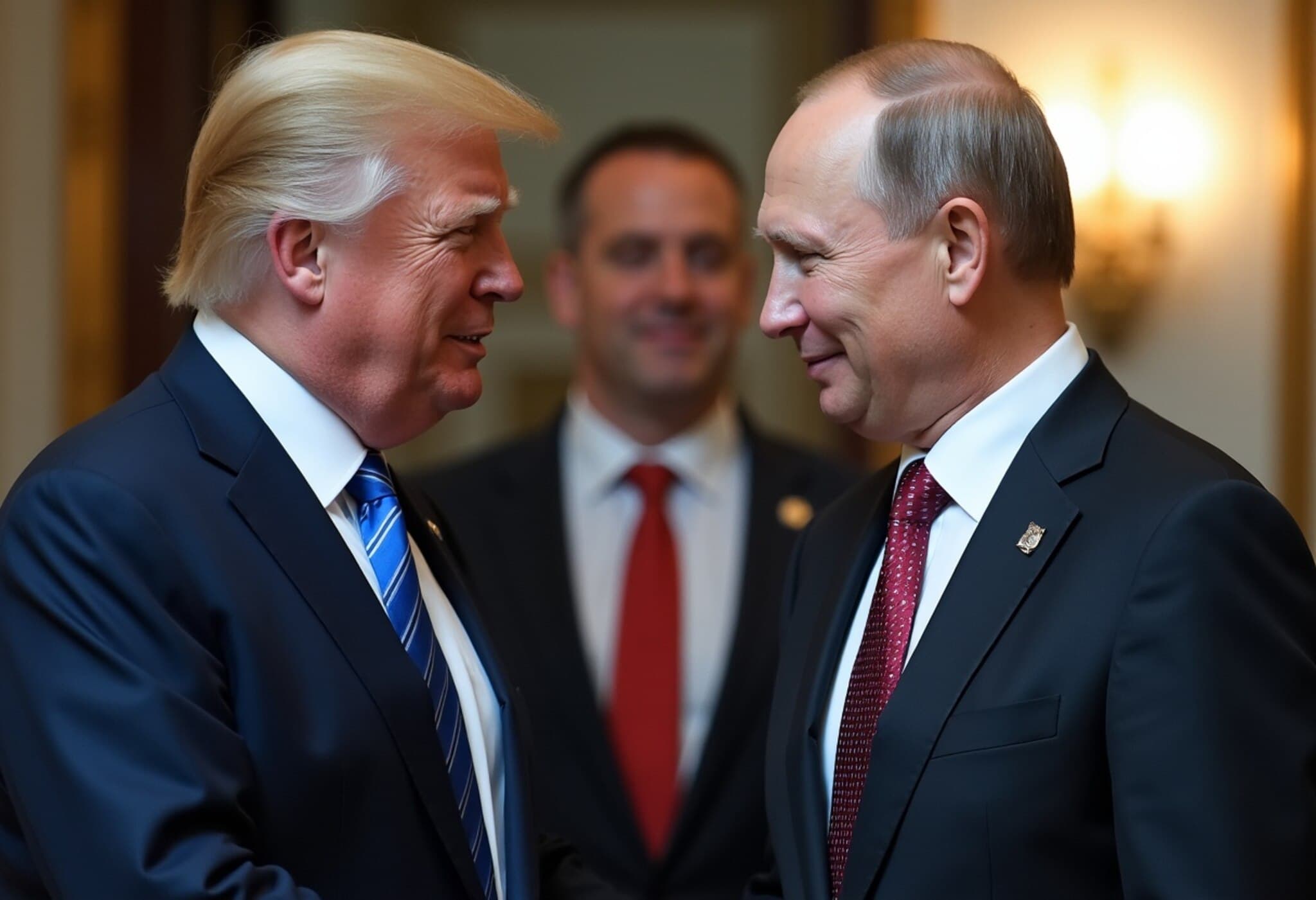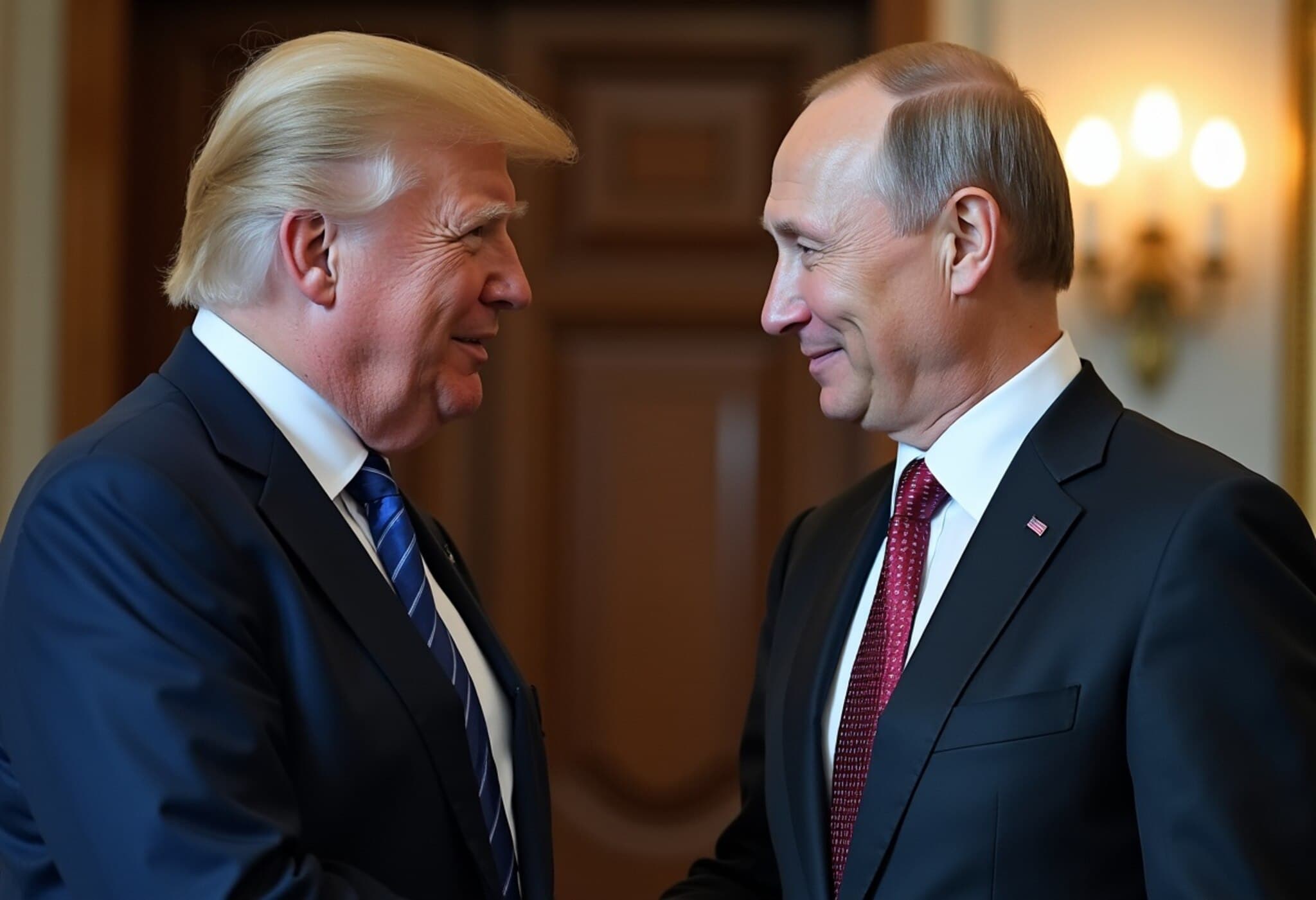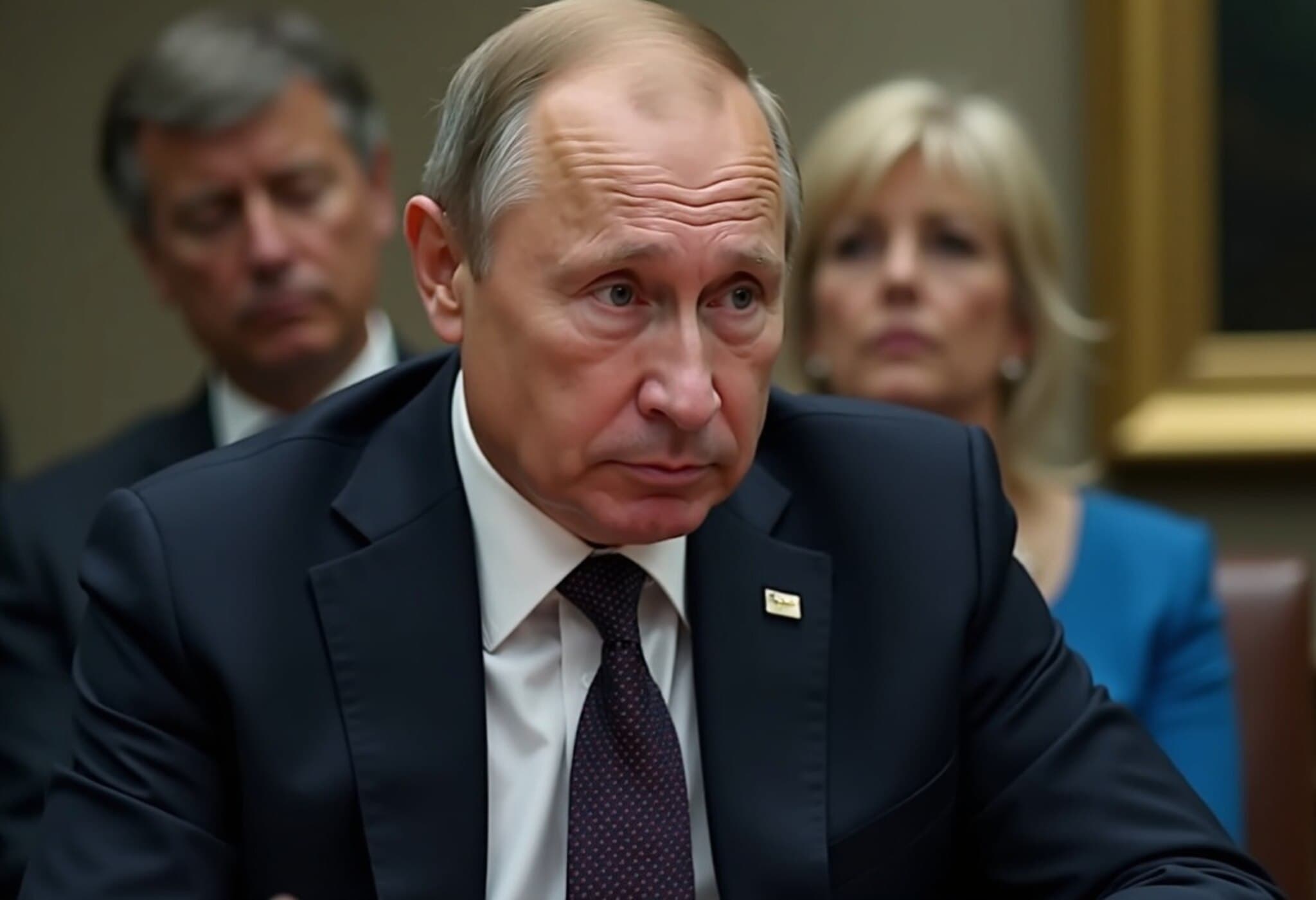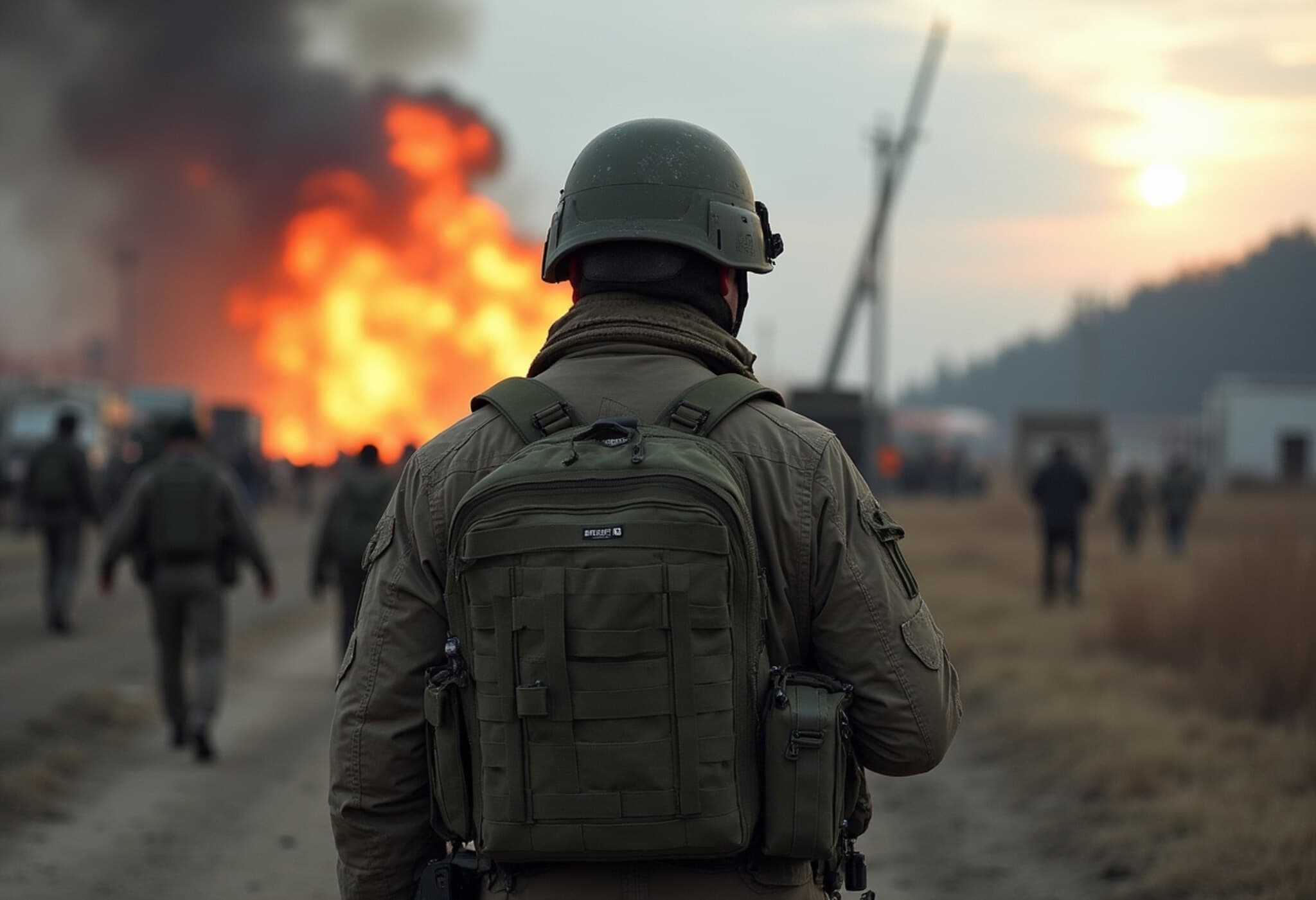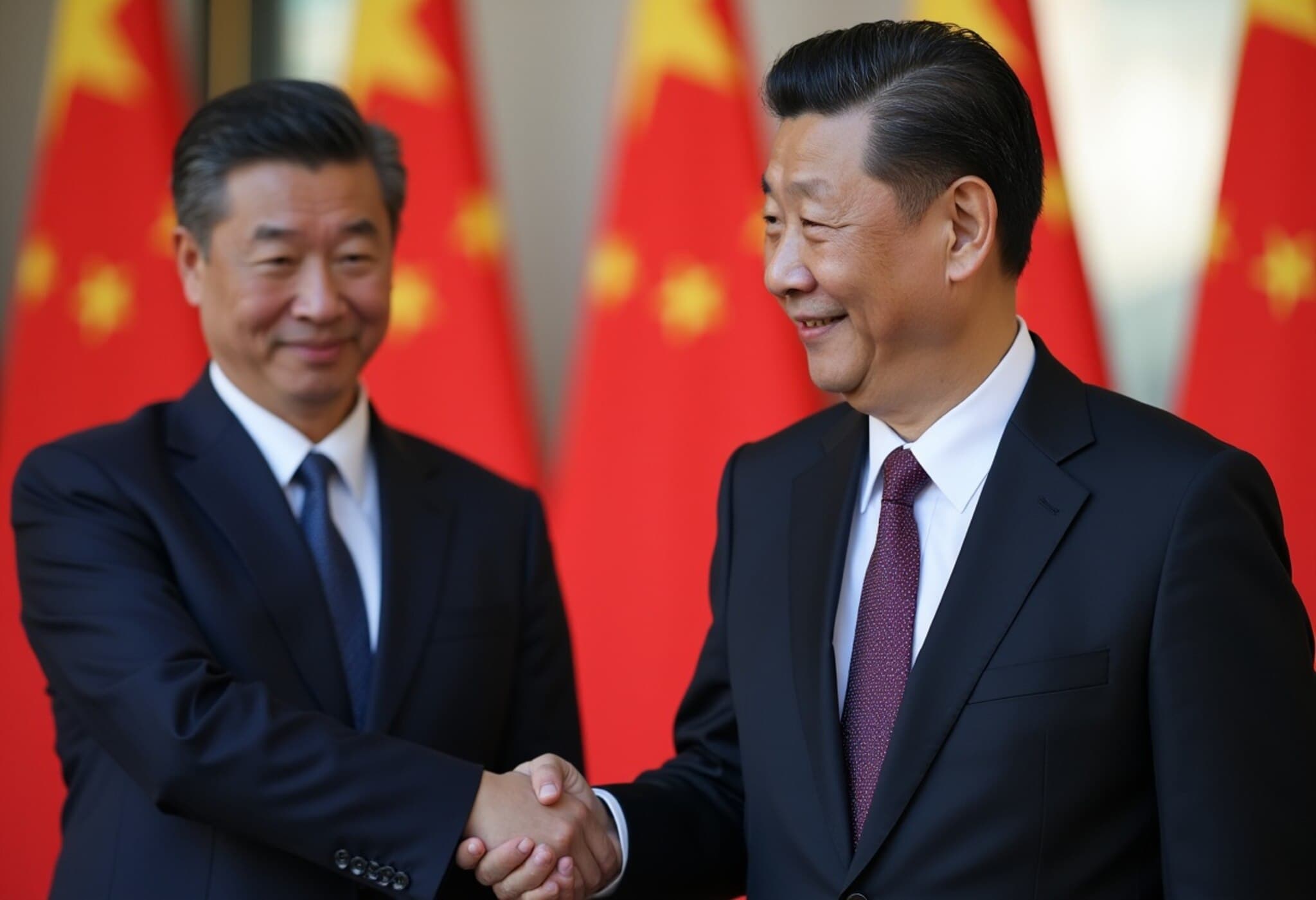Europe Urges Protection of Ukrainian Sovereignty Ahead of Trump-Putin Meeting
As US President Donald Trump prepares for a pivotal summit with Russian President Vladimir Putin in Alaska on August 15, the spotlight intensifies on the fragile quest to resolve the conflict that has engulfed Ukraine for over three years. Trump, optimistic about nearing a peace deal involving Ukrainian President Volodymyr Zelenskyy, hinted at a possible territorial swap "to the betterment of both" nations—a prospect that has stirred deep concerns among Ukrainian leaders and their European allies.
Balancing Diplomacy with Sovereignty
European leaders have cautiously welcomed Trump's initiative while unequivocally emphasizing the necessity of sustaining pressure on Moscow. A coalition of France, Italy, Germany, Poland, the UK, Finland, and the European Commission jointly underscored the importance of safeguarding Ukraine’s sovereignty and ensuring robust security guarantees that allow Kyiv to protect its territorial integrity.
“The path to peace in Ukraine cannot be decided without Ukraine,” they declared, reinforcing a core principle rejected by Moscow's purported claims over Ukrainian lands.
High-Stakes Discussions at Chevening House
This urgency was palpable at Chevening House near London, where US Vice President J.D. Vance convened with British Foreign Secretary David Lammy and representatives from Ukraine and other European nations. The gathering aimed to strategize a unified approach toward peace ahead of the Alaska summit.
Though specifics of the discussions remain under wraps, reports suggest Europe tabled a counterproposal insisting on a ceasefire as a precondition for any territorial negotiations—warning against unilateral concessions amid active fighting. As one European negotiator bluntly put it, “You can’t start a process by ceding territory in the middle of fighting.”
Ukraine’s Position Remains Firm
Andriy Yermak, Zelenskyy's chief of staff, expressed gratitude for the constructive dialogue but reiterated Kyiv’s unwavering stance against territorial concessions. “A ceasefire is necessary – but the front line is not a border,” he stated publicly, reflecting a broader sentiment among Ukrainians determined not to relinquish land under duress.
The ongoing violence along a sprawling 1,000-km front line continues to sever communities and claim lives, fueling bitter resistance within Ukraine. Civilians, veterans, and officials alike resonate with the poignant symbolism of Ukraine’s flags fluttering in central squares—a testament to sacrifice and resilience.
Geopolitical Complexities and Future Prospects
Experts like Tatiana Stanovaya of the Carnegie Russia Eurasia Center acknowledge this peace initiative as the first realistically tangible attempt at ending hostilities since Russia's invasion in 2022, yet caution remains high. The fears stem from the potentially devastating consequences if Ukraine is compelled to concede territory, which could embolden Russian expansionist ambitions.
Meanwhile, Western leaders, including UK Prime Minister Keir Starmer and French President Emmanuel Macron, pledge steadfast support for Ukraine’s sovereignty while welcoming efforts toward a diplomatic resolution. Macron reiterated on social media that Europe’s security is deeply intertwined with Ukraine’s fate and stressed that any negotiations must include Ukrainians as principal architects.
Questions Remaining Ahead of the Summit
- Will President Zelenskyy accompany Presidents Trump and Putin to Alaska, marking an unprecedented three-way negotiation?
- Can a ceasefire be sustained long enough to create a foundation for meaningful territorial talks?
- How will Western allies reconcile the urgency for peace with the imperative to avoid rewarding aggression?
- What mechanisms can guarantee security assurances robust enough for Ukraine’s defense?
Editor’s Note
The upcoming Trump-Putin summit in Alaska represents a critical juncture in one of Europe’s most volatile conflicts. While peace is a universal aspiration, the devil lies in the details—namely how to balance diplomatic pragmatism with the inviolable rights of a sovereign nation under siege. The international community faces a complex calibration: advancing peace talks without undermining the principles of territorial integrity or sacrificing Ukraine’s future security. As history watches closely, the voices of those living on the front lines must remain central to any lasting resolution.
For readers and analysts, key questions linger: Can diplomatic breakthroughs overcome deep-rooted mistrust? Will concessions be reciprocated and security guarantees enforceable? And fundamentally, can peace be achieved without compromising justice for Ukraine?

